Puerto Rico’s space dreams threaten protected lands

The launch of space rockets from the grounds of the former Roosevelt Roads Naval Base in Ceiba could negatively impact ecologically valuable species.
By Joel Cintrón-Arbasetti | Centro de Periodismo Investigativo
On the northeastern coast of Puerto Rico, a stretch of land extends into the Atlantic Ocean from the Ceiba State Forest Natural Reserve. Known as Punta Medio Mundo, it borders conservation areas that are home to species such as the Antillean manatee, the yellow-shouldered blackbird, the Puerto Rican boa, the green sea turtle, and the hawksbill turtle.
If a proposal quietly pushed by the Local Redevelopment Authority (LRA) of the former Roosevelt Roads Naval Base comes through, 66 acres of Punta Medio Mundo, and potentially other parcels in the area, will be used as facilities to launch rockets into space. The project, which involves the construction of a vertical launch platform, contradicts the land use designated in the Puerto Rico government’s 2014 Development Plan for Roosevelt Roads.
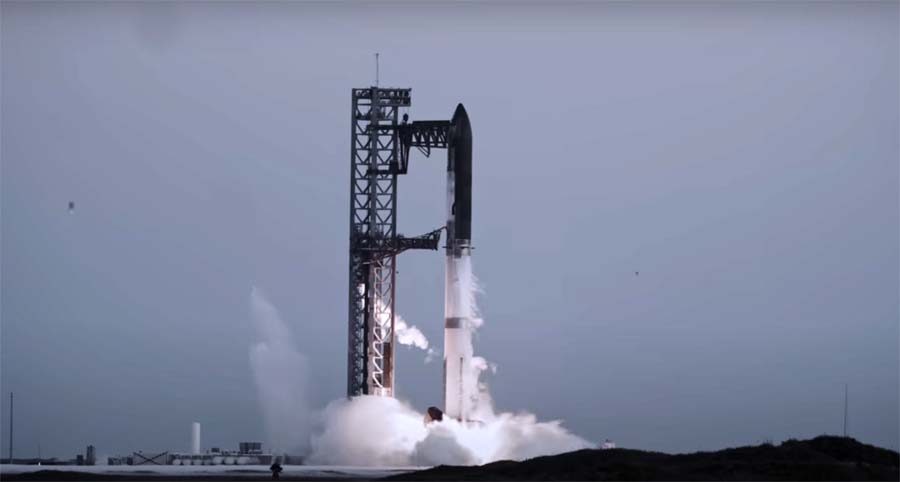
Vertical rocket launches are conducted using platforms that rise from the ground like a tower, like those used by NASA and private companies like SpaceX, founded by Elon Musk, to launch their spacecraft. The world’s largest rocket launch tower, owned by SpaceX and located in Texas, stands at 479 feet tall, 174 feet taller than the Statue of Liberty. The LRA proposal does not specify how tall the launch tower in Ceiba might be.
Building a rocket launch platform at Punta Medio Mundo, on land once occupied by the U.S. Navy when it operated the Roosevelt Roads Naval Base from 1940 to 2004, could have an unassessed adverse environmental impact, according to several sources that the Centro de Periodismo Investigativo (CPI) consulted.

“This project could cause the loss and destruction of habitats for several species, whether due to uncontrolled debris falling from failed launches, vehicular traffic in the area, or improper runoff management,” said Para La Naturaleza, a nonprofit unit of the Puerto Rico Conservation Trust, in a statement.
Para La Naturaleza issued the statement after its environmental experts reviewed the government’s aerospace proposal at the CPI’s request.
Within the grounds of Roosevelt Roads, there are 17 parcels of land “designated as conservation lands” by the Department of Natural and Environmental Resources (DRNA, in Spanish). Para La Naturaleza manages and administers 15 of them.
The land proposed for the construction of the space launch platform, Punta Medio Mundo, is not part of the parcels that the DRNA has designated as conservation areas. However, it borders three parcels that do have that designation. Damage to vegetation, biodiversity, and water can extend within a radius of approximately 45 kilometers around the rocket launch area, explains an article from the scientific publication Communication, Earth and Environment.
Para La Naturaleza was unaware of the request, published by the government on December 30, 2024, to receive proposals from private companies interested in building the spaceport on these lands. The LRA did not consult the organization before publishing the request, despite its expertise in ecosystem protection and land management in this area.
The DRNA did not respond to a CPI interview request, or questions sent by email regarding the construction plan for this aerospace facility and its potential environmental impact.
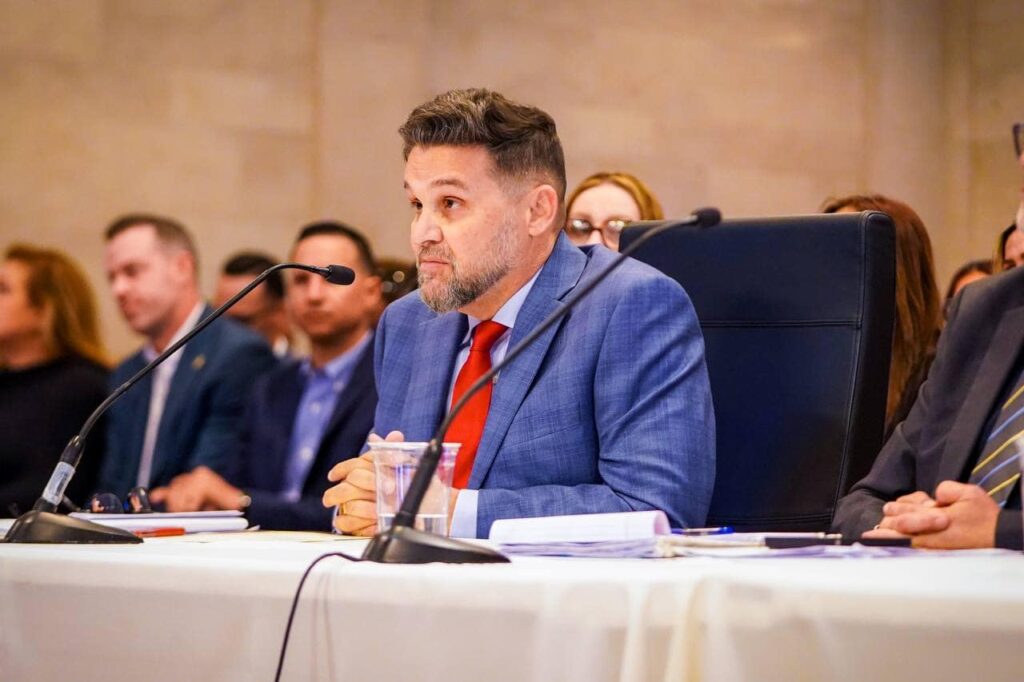
The CPI also attempted to contact Joel Pizá-Batiz, former executive director of the LRA and the official who oversaw this project during the administration of former Governor Pedro Pierluisi but received no response.
The LRA’s request for proposals states that this project aims to position the former Roosevelt Roads Naval Base “as a hub for aerospace innovation while ensuring the protection of the site’s natural and scenic resources,” as well as an “instrument for regional economic growth and a benchmark for scientific and technological advancements in the aerospace field.”
The project may include, among other things, launch infrastructure and, if the area allows, facilities oriented towards aerospace tourism.
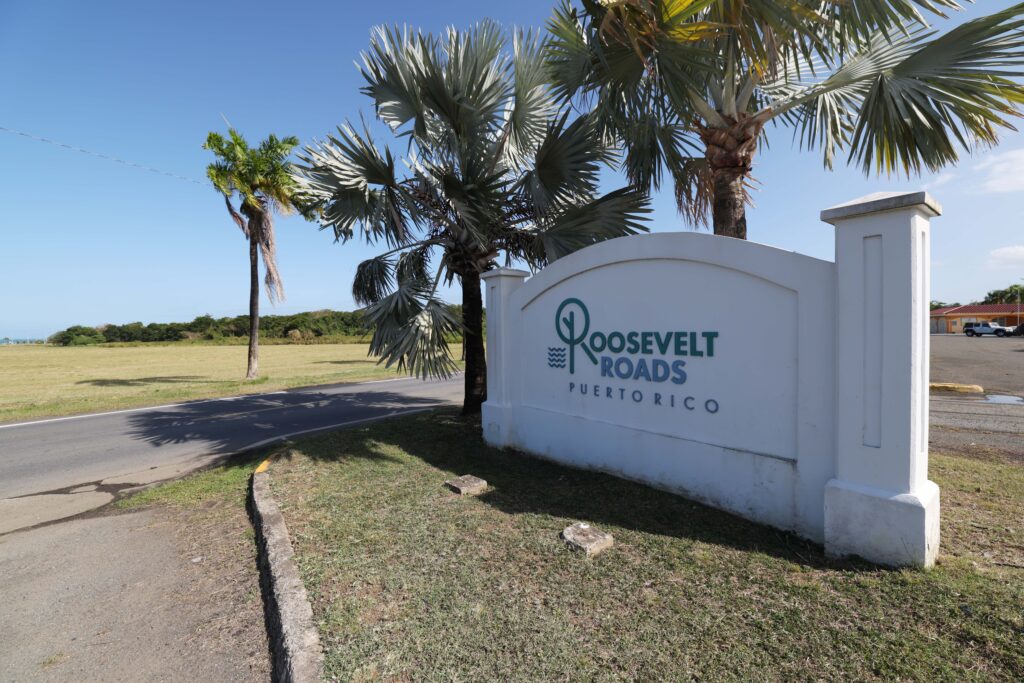
Although the document indicates that the Punta Medio Mundo area is the location selected by the LRA for construction, it leaves open the possibility that the selected private company could choose “any other area within the perimeters of Roosevelt Roads that is available and suitable for the project. The proponent will be responsible for preparing the final cadastral study for the selected property and working with the LRA to define the definitive development area,” the document states.
LRA board rejected the project, but the government continues to push it
Before the publication of the request for proposal, Pizá-Batiz, then director of the LRA, received a “letter of intent” from Thomas E. Markusic, co-founder and board member of FireFly Aerospace, a company based in Austin, Texas. In the letter, dated October 23, 2024, Markusic presents himself as the CEO of Gigengineer PR LLC, a company registered in Puerto Rico on February 28, 2024.
“We appreciate your time over the past few months to meet and discuss a possible lease of the property located at Roosevelt Roads, identified as Punta Medio Mundo. In relation to our previous communications and the last meeting on October 21, 2024, the proposed terms and conditions for the transaction are presented below,” says the letter, which the CPI accessed.
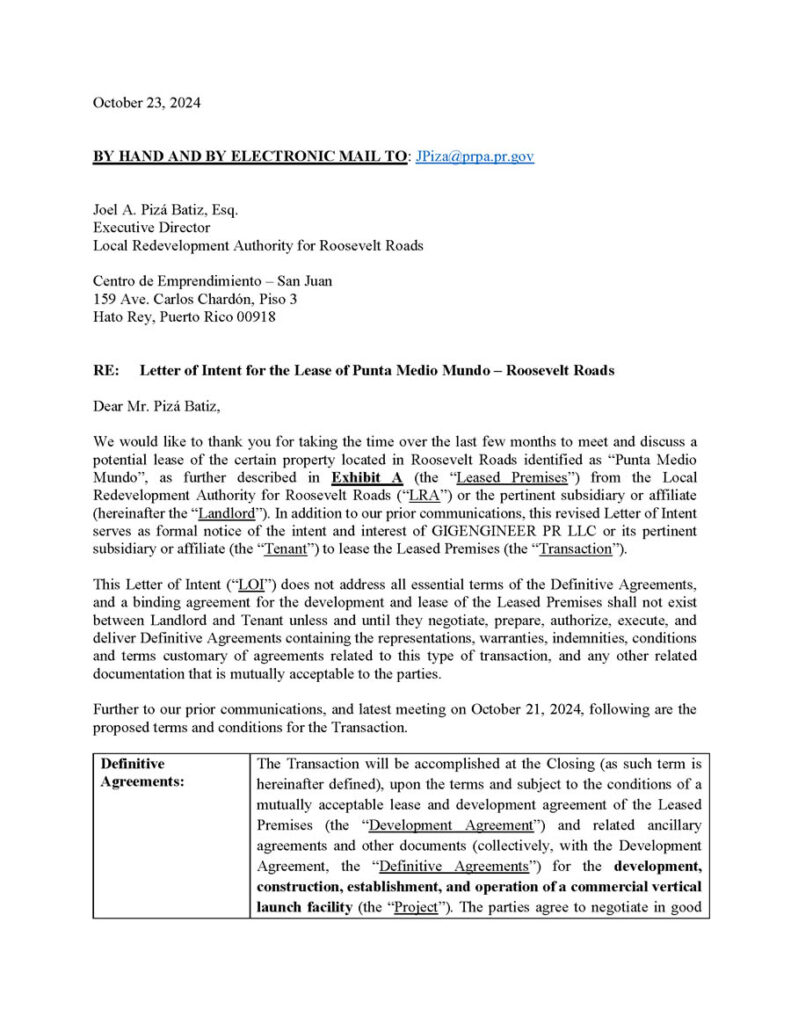
After this introduction, the letter details the specifics of the proposed lease, including the contractor’s right to expand the project through different constructions, subcontract other companies, sublease parcels, have unlimited access to roads leading to Punta Medio Mundo, and have total control of access to the land during and after construction. The letter does not mention aspects such as job creation or how the project would benefit the community.
The proposal contradicts the use promoted for the Punta Medio Mundo area in the 2014 Roosevelt Roads Development Plan, prepared by the Department of Economic Development and Commerce.
This plan indicates that Punta Medio Mundo is a small, remote peninsula with direct ocean access and a 360-degree natural view, which should consider projects that do not emit greenhouse gases. Rocket launches, which involve the burning of fossil fuels, generate emissions of these polluting gases that contribute to the acceleration of global warming, according to scientific research by the National Oceanic and Atmospheric Administration (NOAA).
The 2014 Roosevelt Roads Development Plan also promotes, for Punta Medio Mundo, the creation of small research facilities and “camping-style” accommodations for nature-loving tourists.
The document indicates that Punta Medio Mundo is part of Zone C of Roosevelt Roads, considered a “Green Belt.”
“The Green Belt groups six independent parcels that share the common characteristic of being rural and adjacent to sensitive lands. Uses in these parcels require approval from a special government committee and must comply with low-density and sustainability planning and design standards. These areas enjoy enviable sea views and allow for different types of low-impact developments,” says the Development Plan. Markusic’s proposal, who has worked for NASA and the main private companies in the aerospace industry, SpaceX, Blue Origin, and Virgin Galactic, was rejected in November 2024 by the communities of Ceiba, represented on the LRA board by Ceiba community leader María Ávila.

Ávila opposed the project, in part, based on a preliminary summary of the potential environmental impact requested from biologist Jean C. Díaz-Carrasquillo, she told the CPI. In his analysis, Díaz-Carrasquillo concludes that the project could cause soil erosion, delay the recovery process of wildlife already affected during decades of military use of the area, and affect the dwarf red mangrove, the largest in the Caribbean, located south of Punta Medio Mundo.
“An environmental impact study, a document required by law, could reveal other complications,” according to Díaz-Carrasquillo.
Finally, in November 2024, the LRA Board did not approve the plan to build the vertical platform to launch rockets into space, presented by Markusic.
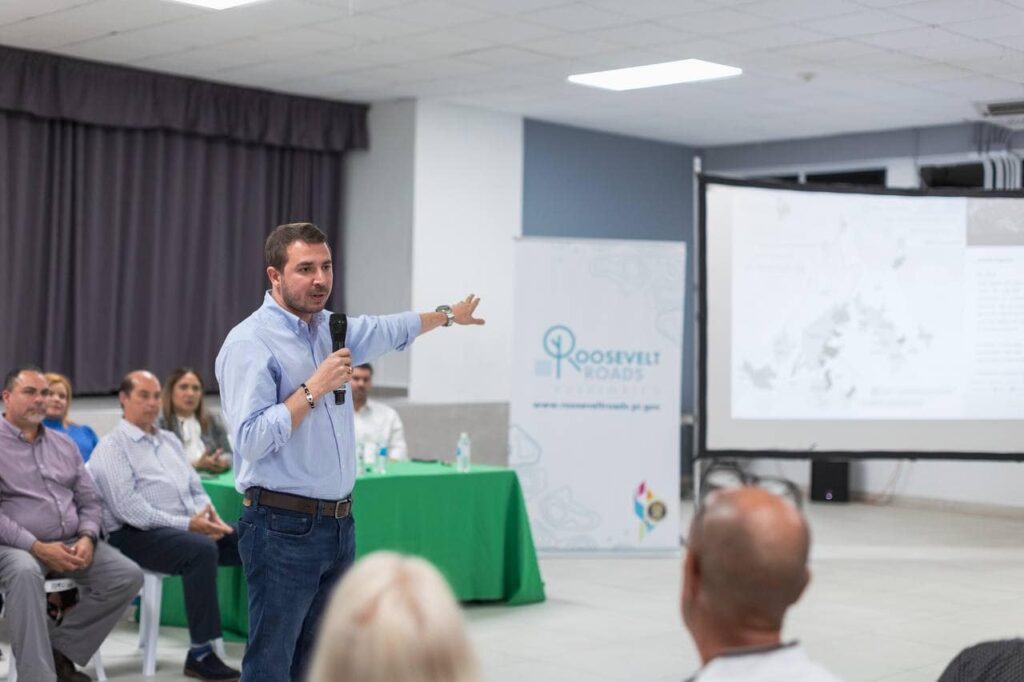
However, between November and December, according to Ávila, there was insistence from Pizá-Batiz to carry out the construction of the vertical launch platform. And although Markusic’s specific proposal was put on hold, on December 30, 2024, the LRA published the request for proposal, aimed at companies capable of financing, designing, building, operating, and maintaining a “Vertical Space Launch Facility” at Punta Medio Mundo.
Interested companies have until April 17, 2025, to submit their proposals.
Space plans without community consultation
María Ávila, 73, has lived her entire life in Ceiba, first in the town, then in the Aguas Claras Parcels, and now in Barrio Saco. She owns a mechanic shop and inspection service center for car tags in that neighborhood. She is also the town’s representative on the Local Redevelopment Authority Board of Roosevelt Roads.
“When this [the letter of intent to build the space launch platform] is presented, it is not brought to the community. One of the things that one of my colleagues and I demanded was that this had to come to the community first,” Ávila said, referring to the lack of public, informative, and consultative meetings, like those held for other proposals.
The CPI asked the LRA if they had consulted with Ceiba communities, the DRNA, or the Municipality before making the request for proposal.
Yanina Cuadrado, head of legal affairs at the LRA, replied that “any specific consultation conducted [with those entities] should be reviewed in the context of the project’s development process,” and did not directly answer whether consultations were made before publishing the request for the vertical space launch platform proposal.
Meanwhile, Ceiba Mayor Samuel Rivera-Báez was unaware of the government’s plans to build a vertical rocket launch platform on Roosevelt Roads land. “You’re telling me now,” he said in an interview with the CPI at the end of March.
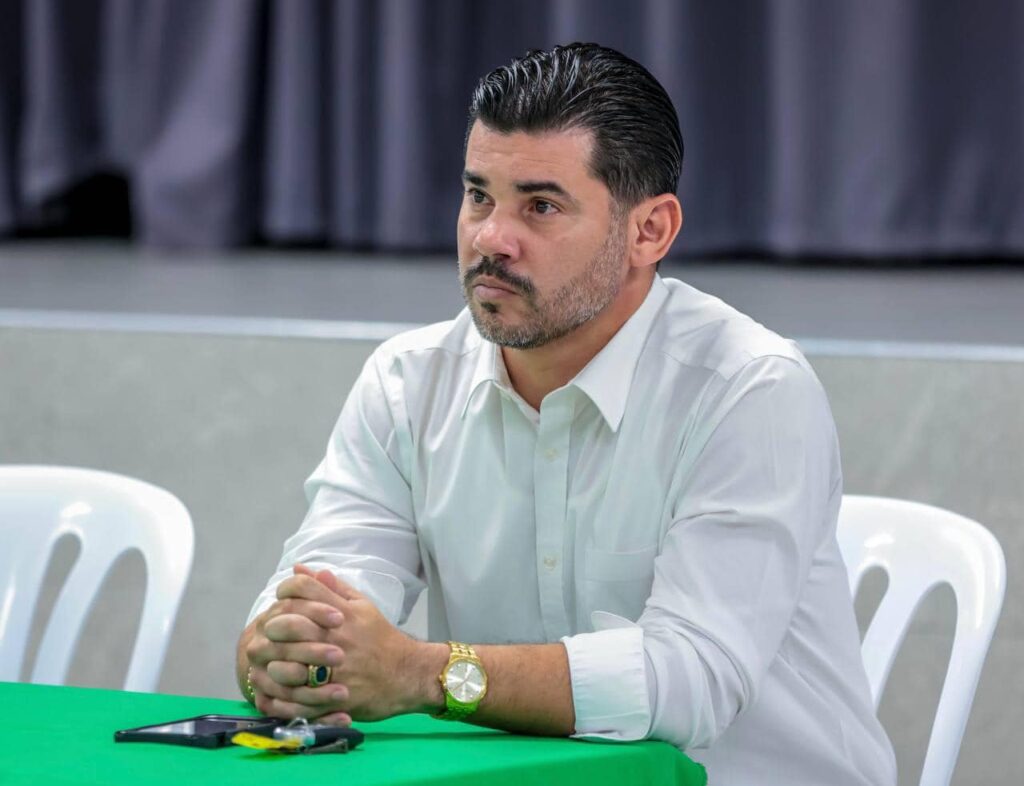
Ávila, the Ceiba community leader, said that initially, she was not opposed to a project like this, if it was not done at Punta Medio Mundo.
“Because of how environmentally sensitive the area is, it could affect the planned tourist development for the area, as it is near Los Machos Beach and relatively close to homes,” Ávila said.
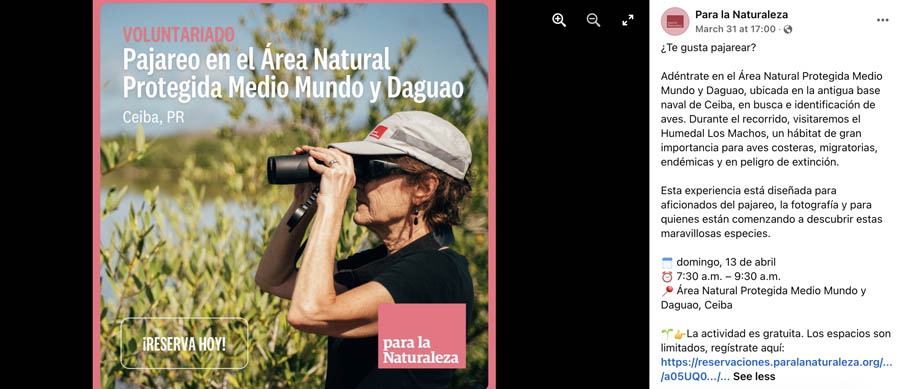
Besides, she said it seemed counterproductive to launch rockets 12 minutes from where a luxury housing development with a golf course is planned.
“The government’s vision from the beginning was to do these types of projects, where they keep it to themselves and do not work with the community,” Ávila criticized.
The government’s space dreams
The LRA still does not have a permanent director. Since the change of administration after the last elections in November, engineer Gabriel Hernández has remained as interim director.
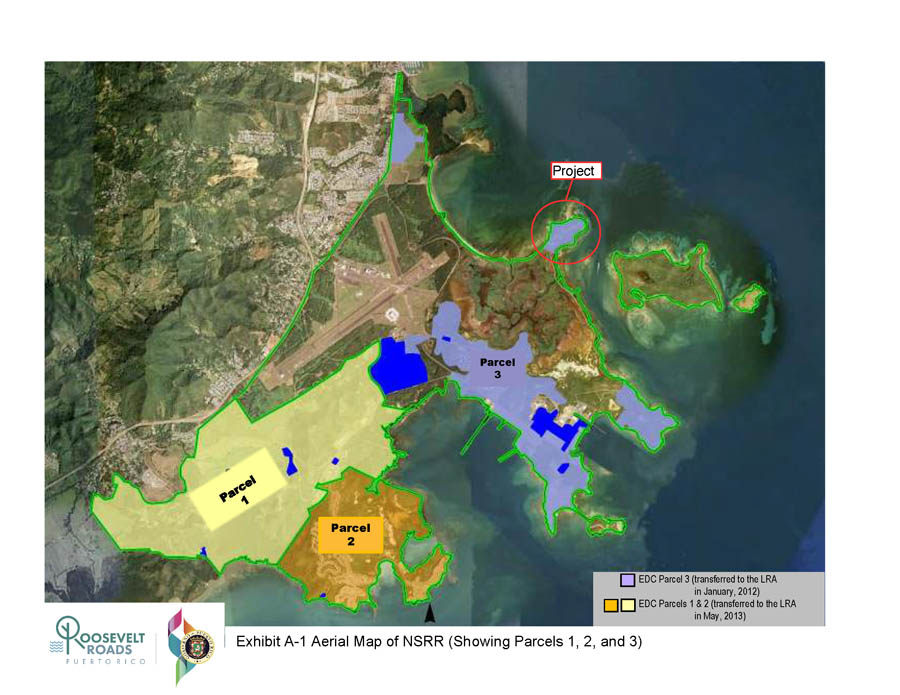
“Right now, we are paralyzed because the government is paralyzed. We haven’t met since December. We notice that the governor has not said anything regarding her policy on Roosevelt Roads,” Ávila said.
The idea of building a vertical rocket launch platform responds to a public policy promoted by the Puerto Rico Aerospace and Aeronautics Industry Council. Former Governor Pedro created the Council through an Executive Order signed on April 25, 2022.
Pierluisi’s Executive Order was conceived as an extension of the U.S. government’s public policy and the National Space Council during former President Joe Biden’s administration. The document refers to the “United States Space Priorities Framework,” published in December 2021. It details the economic benefits and political and military interests surrounding the U.S. aerospace industry. “Space as a source of strength and leadership,” reads one of the document’s subtitles.
In Pierluisi’s Executive Order, Puerto Rico is projected as attractive to this industry due to its “privileged geographic location,” “necessary infrastructure,” and “several incentive programs” (tax exemptions for companies and investors). It also mentions specialized higher education programs, such as the Aeronautics and Aerospace Institute, affiliated with the University of Puerto Rico (UPR), Aguadilla Campus, and the engineering program at the UPR, Mayagüez Campus.
The Council’s purpose was “to study and recommend an integrated plan for the research, development, and investment of the aerospace and aeronautics industry in Puerto Rico.” The Executive Order required the Council to report to the Governor every four months on its progress. The “integrated plan,” which was to include “an analysis of the current state of the aerospace and aeronautics industry at the local, national, and international levels,” was to be delivered 12 months after the Council was created, in April 2023. The CPI requested the monthly reports and the “integrated plan” from the LRA but received no response. Neither the monthly reports nor the plan appear on the LRA’s website.
The Council’s president, appointed by the Governor, was the director of the APPR. The last person to hold that position before the change of administration was Pizá-Batiz, who, in addition to being the director of the APPR, was the director of the LRA.
After the change of administration following the last elections, Pizá-Batiz — a lawyer by profession — was hired in January 2025 by the legal and lobbying firm DLA Piper in Washington D.C., where he focuses on areas such as “transportation,” “government regulation matters,” “government contracts,” “real estate,” and the “aerospace and defense” industry.
The Aerospace Council last met on February 22, 2023, according to the website where meeting videos are published. In that meeting, Pizá-Batiz mentioned the challenges that the idea of building a vertical space launch platform faced.
“I know Puerto Rico has some limitations and challenges regarding vertical launches due to population density, among other factors. However, we believe we can use barges and conduct launches during peak season, so I think operators can generate the funding and means to get us there in the future,” Pizá-Batiz said then.
SpaceHub Boriquén
The Council met three times. In the second meeting, on September 22, 2022, Nathan Whigham, CEO of Gulp Data, a “data commercialization” firm, and president of EN Capital, a real estate and aerospace industry advisory firm, made a presentation.
Whigham presented SpaceHub Boriquén, which positions Puerto Rico as an ideal zone for launching satellites for high-speed internet and capturing images for the Global Positioning System (GPS), as well as for manufacturing biochemical pharmaceutical products to design medicines that benefit from low-gravity space conditions.
The LRA did not respond to whether the report that the Council was supposed to present to the Governor was commissioned to Whigham or if he had any consultancy contracts with the government. Attempts to contact Whigham were unsuccessful.
Explosions in the sky and adverse effects of other space facilities
In his presentation, Whigham said that the aerospace industry’s “fuel” was SpaceX owned by Elon Musk, the world’s richest person and a close ally of U.S. President Donald Trump. His Starship rocket is the largest ever built, weighing 150 tons, and its main goal is to conduct commercial tourist flights to Mars.
On January 16, 2025, during a test launch from southern Texas, a spacecraft propelled by the Starship mega craft exploded in the air. The flaming debris fell over the Caribbean, affecting air traffic between Puerto Rico and Florida with delays and flight cancellations.
Regarding this accident, Musk wrote on the social network X, which he owns: “Success is uncertain, but entertainment is guaranteed!”
On the night of March 6, another spacecraft propelled by the Starship megacraft, launched from Texas, exploded in the air again. The explosion created another shower of flaming debris that forced air traffic to be diverted from southern Florida to the Bahamas, affecting the Gulf of Mexico area.
In 2020, Musk moved his operations from California to several locations in Texas. In the southern part of that state, in the coastal area of Boca Chica, where the Starship rocket launch base is located, Musk wants to create a city, where people already live, for SpaceX employees, which he would call Starbase.
The New York Times has reported how SpaceX has affected the environment around the launch site in Texas. The company has faced opposition from environmental groups due to large-scale effects and frequent launches near protected coastal areas in Texas. Even residents and officials from the city of Brownsville, 20 miles from the base, have complained because the launches cause road closures and obstruct beach access.
“For a project like this, at some point, when launches are made, air traffic must be closed, maritime traffic must be closed, meaning the route to (islands municipalities) Vieques and Culebra would be affected, both by air and sea, and we expose ourselves to accidents, as there have been recently, one after another,” said Ávila, referring to the explosions of SpaceX’s spacecraft.
Apart from the “incidental restrictions” that would be implemented during rocket launches, the government’s request for proposal states that a “temporary exclusion zone for safety” must be created before any launch.
SpaceX’s “exclusion zone” at Cape Canaveral, Florida, for example, covers a radius of 40 nautical miles around the launch platform. This affects roads and bridges and restricts air traffic during launches for about five hours, according to NASA.
Ports Authority has another unfinished space project
Although Mayor Rivera-Báez was unaware of the project to build a vertical space launch platform, he was aware of another space plan that the APPR also has for Roosevelt Roads.
It involves establishing an “aerospace port” at the José Aponte de la Torre Airport (JAT) in Ceiba. In this case, the method of launching space vehicles would be using conventional airplanes, to which a spacecraft is mounted on one of its wings. Once the plane reaches a certain height, it propels the spacecraft on the wing, like a missile, en route to space. This is known in the industry as a “horizontal launch.”
APPR published a request for proposal on February 22, 2023, for the horizontal launch aerospace port. The winning companies were supposed to be announced on June 30, 2023, but this has not happened.
Pizá-Batiz, then director of the APPR, held an informational meeting on August 10, 2023, with Ceiba communities. The plan to build the horizontal launch port was discussed there. Since then, neither the LRA nor the APPR has held any other meetings with the community to inform about the status of the government’s space plans, the Mayor told the CPI.
“No government administration has sought the well-being of the people of Ceiba. Our entire economy was designed based on what Roosevelt Roads was and generated for our town. They have been promising us a lot of things for 20 years, and my town is reluctant to see it become a reality,” Rivera said.
“Our town has been waiting for development and justice for 80 years, the 60 of the Navy and 20 now,” Ávila said, alluding to the 60 years the U.S. Navy controlled the land and the 20 years since the naval base closed.
These lands were sugar cane and cattle grazing lands until 1940. In the context of World War II, the U.S. government opened the naval base and closed it in 2004 in response to the general outcry from Puerto Ricans.
In 2023, the median household income in Ceiba was $23,204. For the same year, 41.6% of the municipality’s population lived below the poverty level, according to U.S. Census data.
“All the best lands are in Roosevelt Road, the government stole them from us because what happened here with those lands is a robbery,” Ávila said.
Mayor Rivera-Báez mentioned that he approved the construction of the horizontal launch port because he saw it as “an opportunity to inject capital into the town of Ceiba, but also looking very closely at what environmental problems it might cause.”
“I approved the horizontal airport project because they discussed it with the community. They promised it wouldn’t take off from there, that it would be launched in the middle of the sea, far away, and that there wouldn’t be noise or pollution, and the community agreed in that meeting where there were almost 100 people,” Ávila said.
“They saw it favorably, not because they are good projects. But seeing a community that has been waiting for so many years to see some development, something that doesn’t affect them so much, they approve of it,” concluded the community leader.










